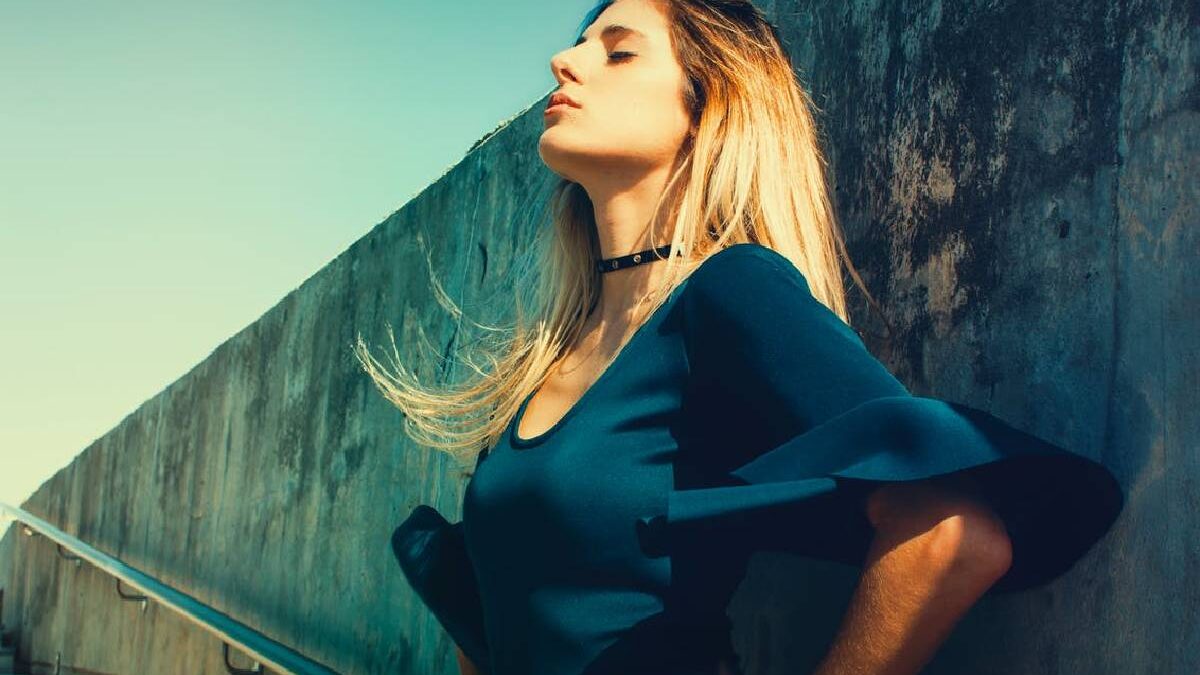The canon of beauty – In our society, the canon of beauty governs our appearances: how we dress, how we comb our hair, and even what we eat (because if you go overboard with chocolate… you’ll want to get into those tight pants). Sometimes we try to avoid it and not follow that path, but is this possible?
What is the canon of beauty?
If we apply this concept to people. We could define it as a great variety of characteristics that define what is beautiful for society. Being responsible for cataloging or classifying people based on whether they have such peculiarities. It is a dynamic concept since the characteristics that define beauty can vary between cultures and over time.
Who is affected by the beauty canon?
The beauty canon affects us all, although not everyone equally. Women are more pressured by society to follow the established beauty standard because if not, they are exposed to criticism. although not even “perfection personified” is exempt from it.
Despite the detail that women are the ones who are most forced to follow it, we are in a time where men have also been forced to follow this canon. Surely we all remember that term that became fashionable a few years ago, the metrosexual man. This term refers to the man who tried to care for his image. ( Although you may find it strange, it also happens to men that when we go to the store and pick up the pants, which are supposed to be our size, we need three people to put them on. One to fasten them, another to fan us (from the heat). That is passed while we put belly) and another person to look for a pair of pants with three sizes more).
Lately, other terms are becoming fashionable to refer to those with a few kilos more than the beauty canon establishes. Some of them are named in the comments. If you think there is one that has not been mentioned, you can leave it in the post’s comments.
The canon of beauty throughout history
Looking back, we can see how the beauty canon has changed greatly over the years. If we go back to prehistory, beauty was associated with women’s fertility, so those with larger breasts and hips were the most attractive, supposedly due to their greater reproductive capacity.
In the Renaissance, the canon of beauty marked the female figure as rounded and with whitish skin. For the Baroque, bodies were plumper. In the Victorian Era, they tried to highlight the bust and hips with corsets that narrowed the waist.
The marked curves and voluptuousness were in the 50s. Already in the 70s, the bodies begin to lose weight and stylize, and in the 90s, cosmetic surgery is the one that helps to shape the bodies to adapt them to the canon of beauty.
And so we come to the present. Artificial bodies moulded by surgery and the Photoshop liquefy filter are created with which they make us idealize a body that, possibly, will never be attainable ( even if you go to the GYM, in addition to paying for it, of course).
Why do we follow a beauty canon?
The sacrifices that many of us make to see ourselves attractive in the mirror. We do for ourselves, but do we only do it for ourselves? Following the beauty canon established by society facilitates the acceptance of others and inclusion in any group. Being included in a group and having the feeling of belonging to it good for us. So, on many occasions. We may be forced to change our appearance to fit in with what is established. We don’t like to be excluded.
Children who their group of friends rejects for being more plumper in which a person does not come dressed for the occasion. Crossing a person with an X for wearing such a garment… are some examples of rejection towards some people for not following the established fee.
- How far are we willing to follow the canon of beauty?
- Will we get to the point where we will all be the same?
- Why do you think we follow the beauty canon?
- Do you think that we are all affected equally?

